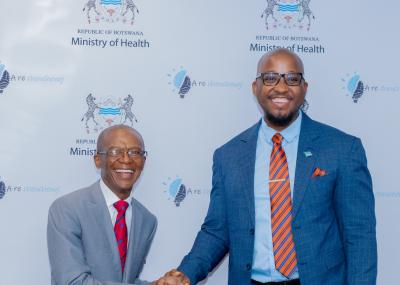Sexually transmitted infections (STIs) remain a public health concern because of their interaction(s) with HIV. In the HPTN 052 study, STIs were evaluated in both HIV-positive index cases and their HIV-negative partners at enrollment and at yearly follow-up visits. Our definition for STI was based on any infection with Chlamydia trachomatis, Neisseria gonorrhoeae, syphilis, or Trichomonas vaginalis. We used log-binomial regression models to identify factors associated with prevalent STIs. Generalized estimating equation models with the Poisson distribution were used to compare STI incidence between HIV-positive index cases and HIV-negative partners. 8.1% of the participants had STIs at enrollment. The prevalence of STIs (8.9 vs. 7.2) was higher in HIV-positive index cases than HIV-negative partners. Being female (prevalence ratio (PR) = 1.61; 95% CI: 1.20-2.16) or unmarried (PR = 1.92; 95% CI: 1.17-3.14) was associated with prevalent STIs. Compared to HIV-negative male partners, HIV-positive female index cases had a higher risk of STI acquisition (incidence rate ratio (IRR) = 2.25; 95% CI: 1.70-2.97). While we are implementing HIV prevention interventions for HIV-negative people, we should also intensify targeted STI prevention interventions, especially among HIV-positive women.
Publications Date
Journal
Int J STD AIDS
PMID
34233535
DOI
10.1177/09564624211030368
Abstract




